|
TOKYO, JAPAN. Thousands of cherry blossoms are exploding into life, but I'm not only here to see the colour of Spring. I want to see the Sensoji Temple at twilight, when you can hear the gongs, smell the incense, think about Samurai movies and pretend you're a Shogun. I want to explore the mishmash of neighborhoods, where swish boutiques appear out of nowhere and women walk around with their pet pigs. I want to ride the efficient subways, stacked like a sardine, feeling the white glove of the train pushers. I want chat up the Harajuku Girls, who train in from the subways each Sunday dressed like vampires or goths or Alice in Wonderland. And groove with the Dancing Elvis's in Yoyogi Park, the same guys who have been doing this every week for 20 years, shunning away anyone who tries to join them. I want to stroll around the themed hotels that can be rented by the hour, looking at the sheepish faces of the middle--class couples that emerge from their empty lobbies. And pick up a strange tasting drink from the endless fruity vending machines, that offer treats and hope for just a few yen. I want to shop for $200 melons that I can give to my gracious hosts as a prized gift. And find hole-in-the wall eateries where the bartender does magic tricks, serving $20 beers. I want to visit the Tsukiji fish market in the early house of the morning, the largest fish market in Japan, where frozen and fresh tuna are laid out for quickfire auction sales. And finally, I want to write a wish on an ema tablet outside the Meija Jungu Shrine, so that I'll be able to return to Tokyo next April, and further explore this wonderful, bizarro city. Special thanks to Brad and Tams.
0 Comments
Thumbs up for the post that sets out to understand the origins of the signs and symbols we use on our hands, and how they might differ from country to country. Inspired by my visit to Portugal, where people wear necklaces telling you to $#% off. Or do they? The Figa I grew up in South Africa, and if anyone ever placed their thumb between their index and middle finger, they were telling you, in no uncertain terms, what you should go do with yourself. It was even worse than the bird (which I’ll get to later). So imagine my surprise to see the figa, or fig, worn around necks, painted on walls, and hanging from walls in Portugal! It turns out that the figa is an ancient Roman symbol used for good luck, and to ward away evil spirits. It’s also, coincidentally, the letter T in American Sign Language. Yet because of its physical appearance, resembling a sexualized vagina, some countries including Indians, Italians, Turks, Russians, and certainly South Africans take it as a definitive insult. So while you may want to wish your Portuguese friends good luck with a figa ornament, you might want to make sure it’s not for those at a South African wedding. The Corna “Hail Satan!” Or perhaps: “Rock on, Dude!” Or maybe just: “Go University of Texas!” A clenched fist with the index and fifth finger pointing skywards, you’ll see the Corna at most heavy metal and hard rock concerts, an almost universal sign to rock! Growing up, I remember a certain taboo with the sign since it definitely had some sort of Satanic connotations, appearing as it does in the Satanic Bible. However in Austin, at the University of Texas, the Corna is known as “hook-em horns”, used to cheer on the Longhorns, resembling their mascot, a longhorn steer. The V Sign V is for Victory! V is for peace, man! Or, if your palm is inwards, V is for something else entirely, depending on where you are, of course. In the UK, or other English speaking countries, the palm inwards is an insult not unlike the bird (which we’ll get too soon enough). Confusion was caused by Winston Churchill, who used both front and back V’s during the war before he was told of their correct and appropriate usage. Stick your nose between the fingers, and Italians will get your point too. Also, expect something to be lost in translation should a Canadian deaf person order two drinks at an English pub. Thumbs Up According to sources, here’s a hand sign that is particularly sensitive to culture and location. We know it as “go for it!” or “awesome!” or “hey buddy, can I grab a ride somewhere?” In the Middle East, Latin America and West Africa however, you’re basically flipping the bird (which I’ll get to I promise). We probably developed its western connotation from pilots during World War II, and surprisingly it appears there is no evidence it was used during gladiator fights in Ancient Rome. But it’s best to avoid using the thumbs up in countries like Afghanistan or Nigeria, where it is used, you guessed it, as a substitute for the middle finger. The Five Finger Scrunch Israelis use it for just about everything, but other cultures along the Med are familiar with it as well. Scrunch your fingers together, turn your palm upwards, and you get a hand signal that means, well, anything you want it to mean. “Wait a minute.” “Hurry up!” “Relax!” There’s an element of frustration in the gesture, but like many of the others mentioned, it manages to transcend language, communicating with fingers what words do not. The Animal Palm down, point four fingers at a Korean, and you get a hand symbol steeped in inter-cultural warfare and hatred. The Japanese were known to use this symbol to regard their Korean enemies as “animals”. No word if Koreans responded with the forearm jerk. The Forearm Jerk Leaving the middle finger closed for a change, this insult simply requires the left hand on the folded right arm, and the right fist extended skywards. Slapping the hand down adds to the insult, which is perfectly understandable the world over, regardless of what language is spoken. The Finger The Bird. The Flip Sign. The Zap. The unholy middle finger! There are various theories as to its origins, but the one I like best dates back to the 100 Year War in Europe. See, archers were quite deadly in those days, using their middle fingers to release arrows from their long bows. If captured, it was practice for the English (or French, depending on who you believe) to chop off the middle finger of the archer, unloading their weapon if you will. Archers that escaped, or just felt cocky, would raise their middle finger to taunt and insult their enemies, and today we follow their lead. There’s also a theory that it evolved form Ancient Greece, relating as it does to the phallus (much like most hand insults). Regardless of its origins, the bird is probably the most universally understood hand sign, although in some Arab and Mediterranean countries the index finger is used instead. The Vulcan Salute OK, this isn’t really a hand sign (for this planet anyway), but its origins are interesting enough. Palm forward, fingers split between the middle and ring fingers, thumb out. Leonard Nimoy, the late actor who played Dr. Spock (RIP), is credited as inventing the Vulcan Salute, although he actually saw it used as a boy one day in his grandfather’s synagogue. It is used by the Jewish priestly class, the Kohanim, the symbolize the Hebrew letter shin in a way that symbolizes the name of God. A good enough reason as any I should think to live long and prosper.
I'm posting this from the domestic airport in Buenos Aires in early December, and like the Christmas decorations are up. This got me thinking: How is Christmas celebrated around the world? Never one to let a question go unanswered, let's begin in: Japan Japan has only a small percentage of religious Christians, but many Japanese enjoy the spirit of gift-giving and decorating home and stores in tribute to the seasonal festivities. Instead of Santa Claus, Japanese children look to a legendary Buddhist monk named Hotei-osho, known for bringing children gifts, and making sure they behave. Ethiopia Ethiopia’s calendar differs from our western calendar, which is why they celebrated the year 2000 seven years after we did, and why Christmas takes place on January 7th. They also have a different clock, but that’s another story. Christianity in the country dates back to the 4th century AD, and its famous rock churches were built as a new Jerusalem by Ethiopian kings. The Xmas church ceremony has three rings of prayer: men and boys sit inside a ring of women and girls, with a choir on the outside circle. Candles in hand, worshippers also walk around the church three times during mass. Instead of turkey dinners, traditional feasts involve injera (the pancake-like bread of Ethiopia) and various stews and curries. Scandinavia Many North American Xmas traditions derive from Scandinavia, with Santa Clause living in Greenland or Finland, depending on whom you speak to. Millions of people have written letters and posted it to Santa’s address, just outside of Rovaniemi on the Finnish Arctic Circle (write to: Santa Claus' Main Post Office, Santa Village, FIN-96930 NAPAPIIRI). Yuletide has always had special significance in the Scandinavia, where traditions were formed to hold off the dark, cold days of winter. The Yule log was an entire tree, fed into the fire over the course of the winter, with much ceremony. In Finland, Xmas dinner is preceded by a visit to the sauna to bathe and clean for the meal. Candles are important throughout the region as a means of ushering in the warmth of light during a dark time of year. Bulgaria The Bulgarian Christmas Eve dinner consists of 12 courses, with each course representing a month of the year. Made with nuts, beans, vegetables and sweets, no meat is served. Tradition has the family seated on straw, and sitting down and getting up at the same time. In the past, boys and single men would visit houses singing carols for the health of the families (and maybe the eye of a maiden too). Brazil Around the country, in churches, homes and shops, many Brazilians set up nativity scenes called Presèpio, named after the bed of straw Jesus slept on in Bethlehem. Father Christmas is known as Papa Noel, flying in from Greenland to pass out gifts, dressed in silk because it’s too hot to be robed in furs. Religious Catholics head to Missa do Galo, the midnight mass named after the rooster that announces the coming day. Even the streets of Rio de Janeiro are quiet on Christmas Eve, as families gather for their Ceia de Natal feast. Like most days in Rio, Christmas Day is a perfect time to hit the beach. Philippines The only major Christian nation in Asia also celebrates its Misa do Galo, a tradition dating to its Spanish occupation. Unlike Brazil however, this mass takes place nine days before Christmas, and involves reading the story of Jesus. On Christmas Day, masses are held hourly so that everyone has a chance to attend. Pastore are plays based on the birth of Christ, performed at many religious services. Children go carolling for tips and treats and setting off fireworks, with another tradition being the making of lanterns, a symbol of the guiding star. Xmas dinner involves a lavish feast, often started after midnight when the family returns from midnight mass. Russia The inspiration of Santa Claus, St Nicholas, holds a special place in the heart of Russians. Revered as a saint since the 11th century, his name adorns many churches, and is commonly passed onto Russian boys. During the communist era, the role St Nick was transformed into Grandfather Frost, enabling traditions to be kept without antagonizing the atheist principles of the time. Similarly, Christmas trees became New Year’s Trees, although both traditions have reverted with the fall of the Soviet Union. Russians also talk about Babouschka, a woman who roams the countryside in search of Christ, giving gifts to children as she does so. Eastern Orthodox Russians customarily fast until after the first church service on Christmas Eve, and their feast contains no meat. One traditional dish is called kutya, a sweet porridge symbolizing hope and happiness, eaten from a common dish. Vietnam Christians are a minority in Vietnam, but Christmas is celebrated as one of the four major holidays of the year (along with New Year, the Buddha’s birthday, and the mid-autumn festival). Jesus Christ is known as Kito, and Christmas is a big cause for celebration, although this was not always the case. During communist rule, Christmas was relegated to the home and was not the public spectacle. As the country modernized and liberalized, Xmas has returned with a bang, with the usual lights and decorum proudly displayed throughout cities, shops, villages and homes. Merry Christmas, Happy Hanukkah, and all the best for the silly season!
Originally published on Sympatico.ca Crawling along at the speed of a meat grinder, tensions flaring, congestion worse than chronic nasal flu. What can you say about gridlock? Its sheer waste of time is enough to make you sell your car and take the bus, except the bus is crammed with people, and its stuck in traffic too. Fortunately, there is some solace, a soothing balm to comfort you the next time you find yourself in a traffic nightmare. Simply put: No matter how bad it gets, at least you don’t have to put up with the daily chaos in the cities below: Sao Paulo, Brazil Together with 20 million people living in greater Sao Paulo, comes the fact that there are nearly 8 million cars on the road. Every time I take a taxi from the airport, I’m boggled by the gridlock, and the deft manoeuvres drivers will perform to get out of them. Sao Paulo holds the world record for the worst traffic jam, when it was reported in May 2008 that over a quarter of all streets within the city were completely backed up. The wealthy elite has found a solution however. Sao Paulo holds the largest fleet of helicopters in the world. Cairo, Egypt Anyone who has visited Cairo will tell you about the pyramids, but first they’ll tell you about the traffic. It runs 24 hours a day, 7 days a week, and operates according to local rules of madness that include few street lights, no-lane roundabouts, and on-the-fly rules and customs. For example: If you do see a green light, it’s a mistake to believe it means “go”. The same with stopping for “red”. Locals say the trick is to make use of every space you can see, stopping only if that space is already filled, by say, a donkey cart. Somehow it works, but I pity the North American tourist who rents a car and dares to enter the fray. Los Angeles, USA Compared to Cairo, it's easier to navigate the vast highways of LA, although during rush hour, don’t plan on driving much. Such is the state of LA traffic, it often becomes a character in movies and TV shows, and the internet is rife with Youtube clips of people losing their marbles behind the wheel. According the American Highway Users Alliance, the US-101 highway, intersecting with the I-405, is the worst bottleneck highway in the United States, with 318,000 cars passing through daily, resulting in an estimated 27 million hours of annual delay. I don’t know how they figured that out exactly, but I’ve been stuck on the 101 and the 405, and if I can’t claim back those lost hours of my life, I guess nobody can either. Mumbai, India I defer to my notes, recorded on arrival in Mumbai for the first time. “Taxi driver has severe tic. Keeps snapping his head and twitching violently. Car is small and rusted. Narrowly avoid collision with cow, bus, three children, dog, motorbike, rickshaw, and a one-legged beggar – all at first intersection. Unbelievable chaos. Driver might have rigor mortis. See and feel: deep potholes, police, magazine sellers, scooters transporting family of five, trucks with loose butane tanks hanging out the back, flea markets with real fleas, holy men, bicycles, random trees in the tarmac, garbage, babies. Too much stimulation. Close eyes. Pray for safe arrival." Beijing, China Traffic and the pollution it spawns were major challenges for organizers of the 2008 Olympic Games in Beijing. They tried an odd-even scheme to clear roads of the city’s notorious traffic – rotating which cars were permitted to drive according to their license plate numbers. Crafty locals switched up cars or even bought a second car just to get around it. Locals could finally see what a blue sky looked like from their bumper-to-bumper transits, but the restrictions did not work over the long term - Beijing's air pollution continues to plague the city. Caracas, Venezuela While the price of gas continues to rise the world over, in Venezuela, a litre will cost you pennies. As the world's 5th largest exporter, Venezuela has some of the cheapest gas around. But the government hasn’t offered the infrastructure to handle the subsequent explosion in car ownership, as vehicles cram onto shoddy highways and line up on potholed side streets. Road rage and violent shootouts have become common enough for the state to issue psychological advice on how to deal with the gridlock. These include reading a book, listening to music, and keeping your gun holstered. Bangkok, Thailand 12 million people call Bangkok home, and they all seemed to want to go to exactly to the same place I did. It didn’t take me long to forego the charms of a three-wheeled tuk-tuk for a blissfully air-conditioned and far less noisy taxi. Besides, neither tuk-tuk nor taxi was going anywhere fast, and sitting back in the taxi, I didn’t have to chew exhaust fumes and shower in sweat. It’s easy enough to get around Bangkok mind you, if you’re not in too big a rush. Just avoid rush hour, which unfortunately extends into most of the day. Tokyo, Japan Levelled by bombs during World War II, greater Tokyo evolved without much urban planning, sprawling out from the city centre into the world’s most populous metro, housing an incredible 35 million people. Even with the most extensive urban subway in the world to service it, the result is incredible road congestion, with few bypasses or highways to funnel drivers in and out the city. The Tokyo Traffic Control centre works 24 hours a day and has the power to manage traffic lights, working with typical Japanese efficiency to limit traffic jams using some 17,000 vehicle detectors. Still, the traffic remains fierce, so it’s best to navigate the spaghetti-lines of the subway below.
|
Greetings.
Please come in. Mahalo for removing your shoes. After many years running a behemoth of a blog called Modern Gonzo, I've decided to a: publish a book or eight, and b: make my stories more digestible, relevant, and deserving of your battered attention. Here you will find some of my adventures to over 100 countries, travel tips and advice, rantings, ravings, commentary, observations and ongoing adventures. Previously...
July 2024
Categories
All
|

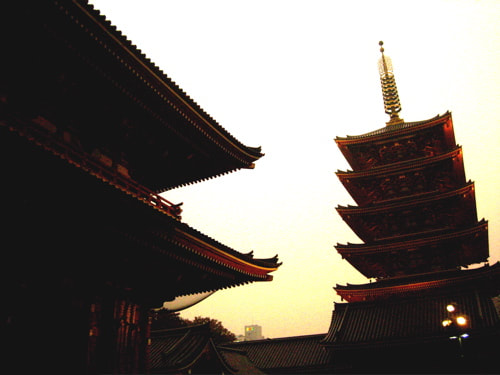


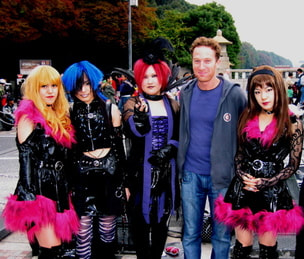
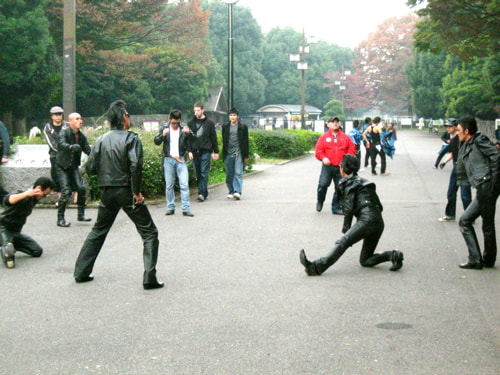
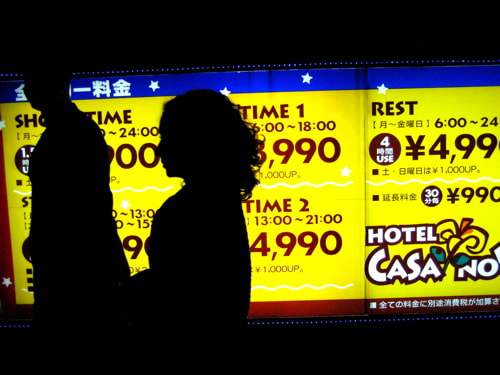

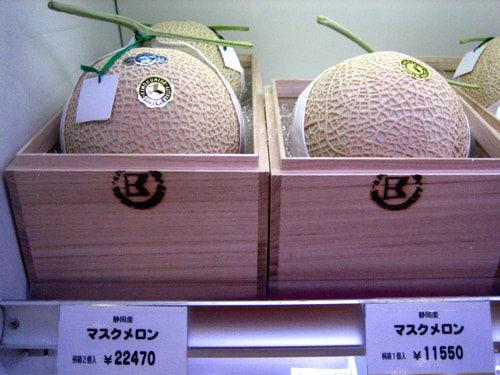
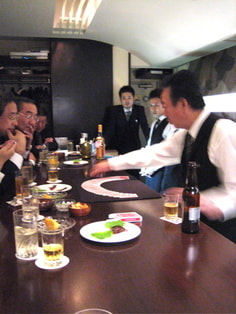
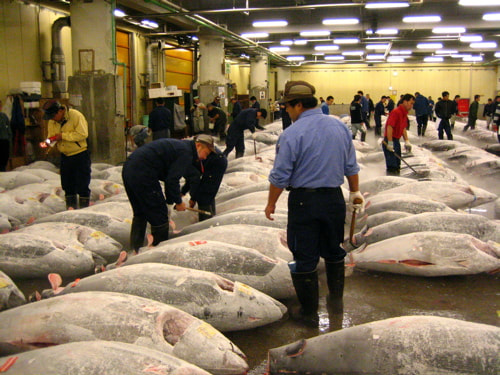
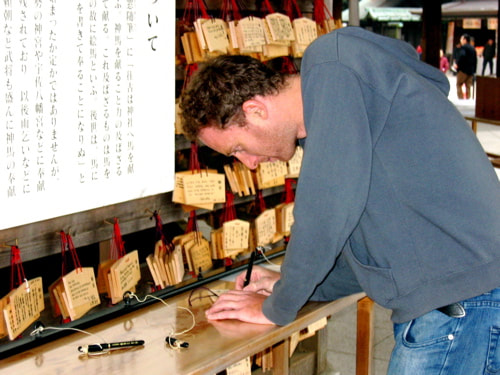
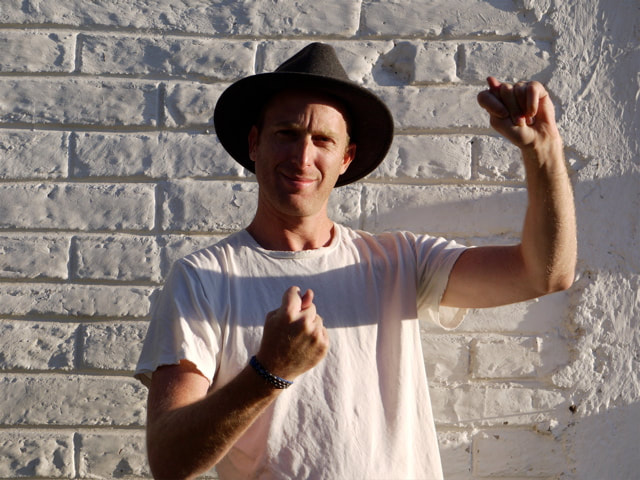



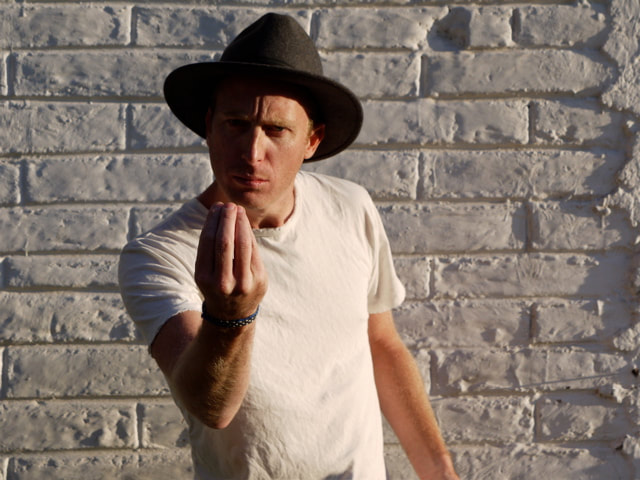



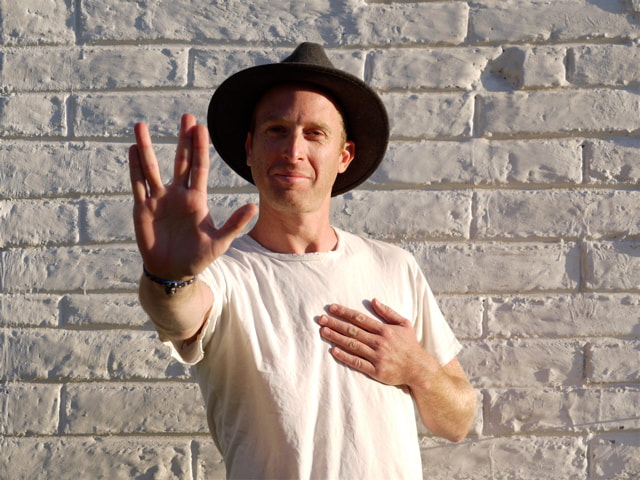
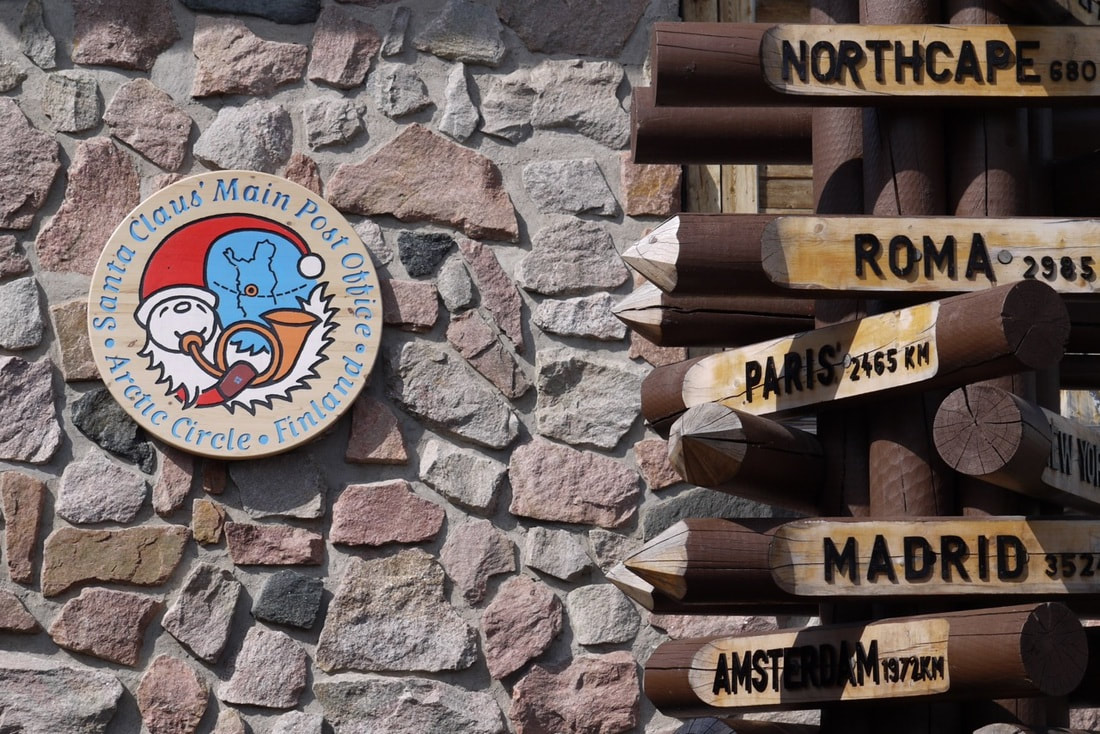
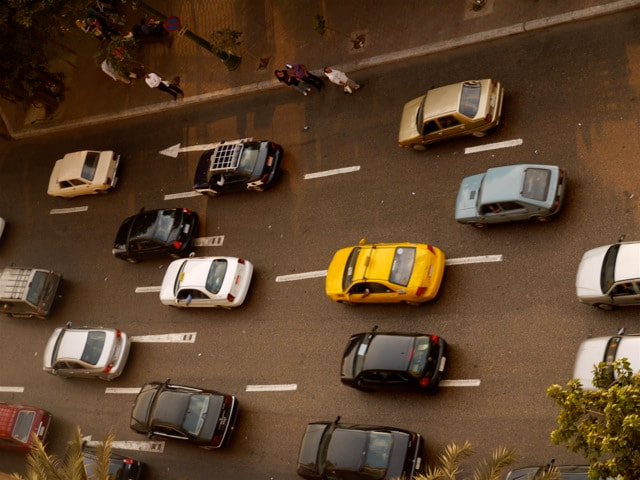
 RSS Feed
RSS Feed

